Experience the Moskvitch Automotive Dream
The exhibition at VDNH Park follows the history of this mythic Soviet car.
The Moscow Transport Museum has just opened a new exhibition at VDNKh Park that celebrates the history of the Soviet Moskvitch car. Production of this sturdy little private car began in 1929 with 24,000 vehicles a year. By 1980, 30,000 people worked at the plant, which produced more than 5 million cars a year. Not as expensive as the Volga or as stylish as the Zhiguli, the Moskvitch was a popular and sturdy family car.
The exhibition space at VDNKh is divided into four rooms designed by some of Russia's most popular contemporary artists as well as a theater designer and architect. On display are more than 30 exhibits and 300 rare artifacts, including the millionth Moskvitch 408 produced in 1967. It is guaranteed to thrill car enthusiasts of all ages.
The show is at Pavilion #26 at vdnh.ru, the temporary site of the museum until its permanent space is completed in 2023.
The exhibition space at VDNKh is divided into four rooms designed by some of Russia's most popular contemporary artists as well as a theater designer and architect. On display are more than 30 exhibits and 300 rare artifacts, including the millionth Moskvitch 408 produced in 1967. It is guaranteed to thrill car enthusiasts of all ages.
The show is at Pavilion #26 at vdnh.ru, the temporary site of the museum until its permanent space is completed in 2023.
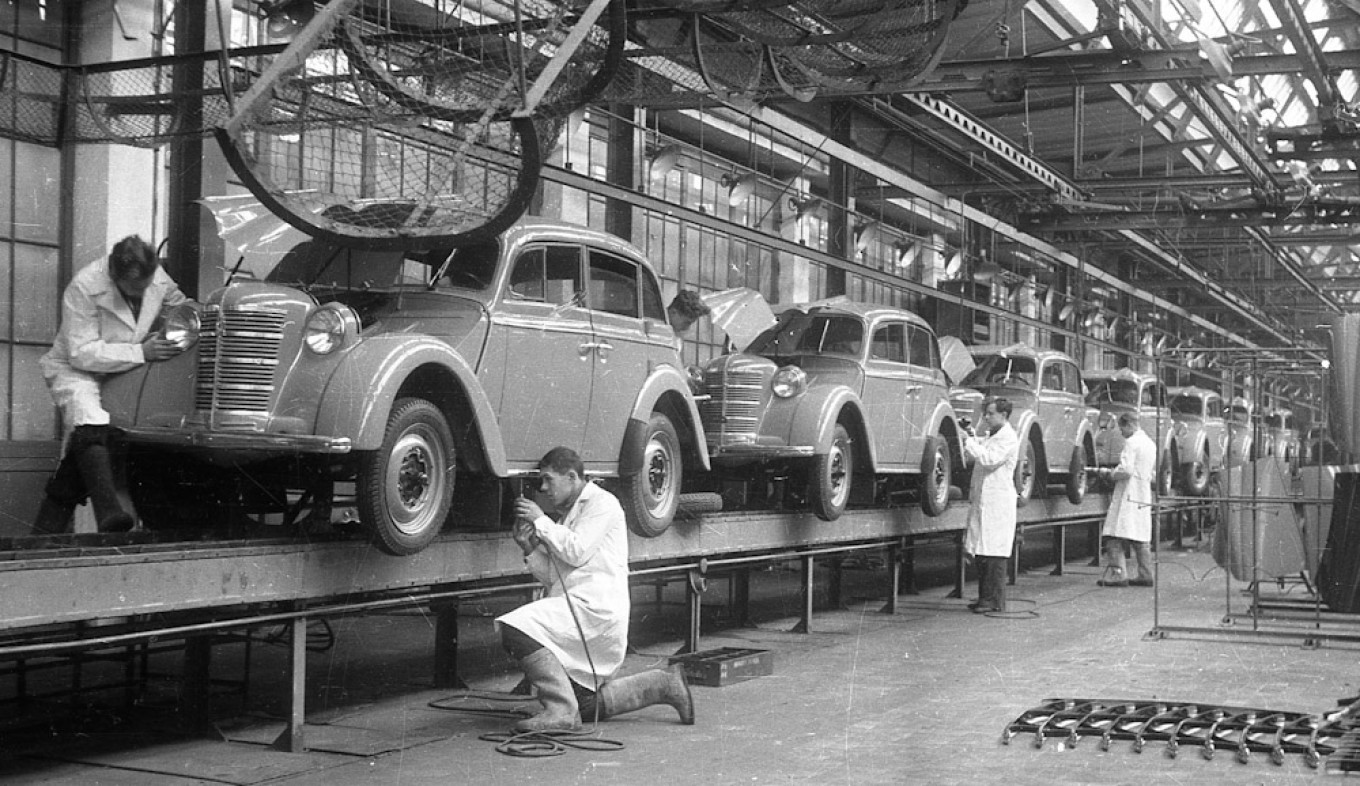
Early Moskvitch cars on the production line from the archive of S. Iones. The original Moskvitch KIM-10 was the first mass-produced small private car in the U.S.S.R.
Moscow Transport Museum
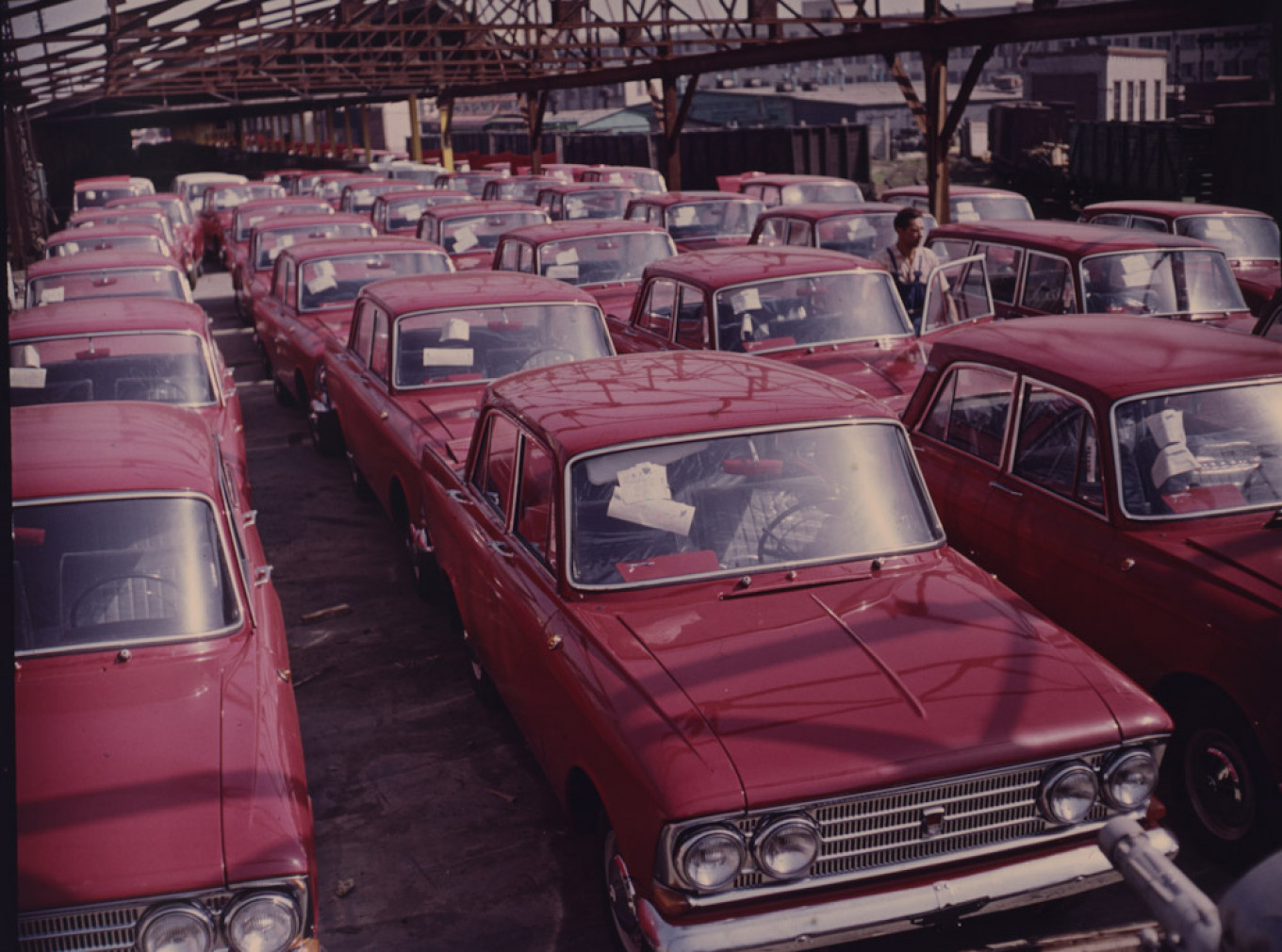
"The Moskvitch Dream" by V. Khukhlayev. This affordable car was produced in Eastern European countries, too.
Moscow Transport Museum
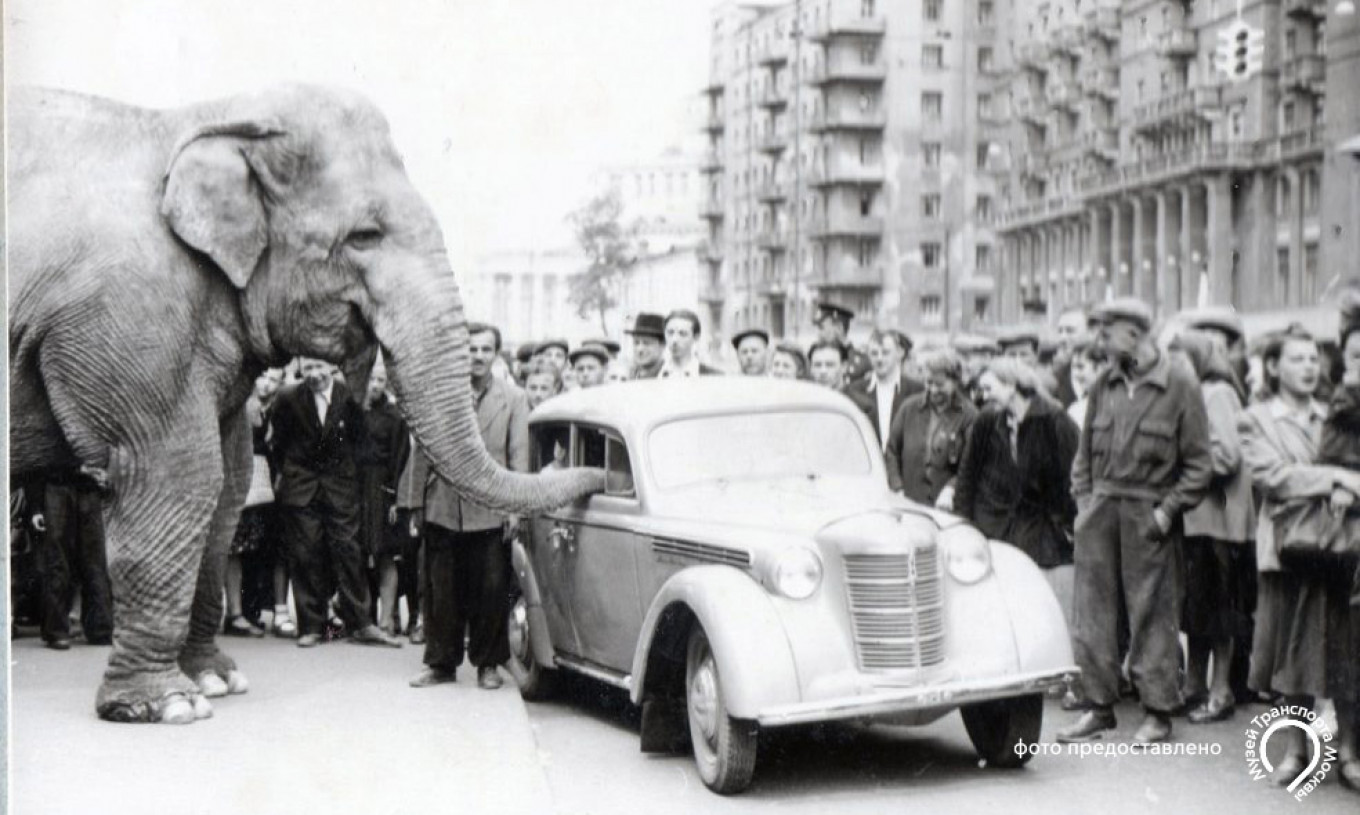
Moskvitch 401 showing its compact style, from the collection of Pavel Stvora.
Moscow Transport Museum
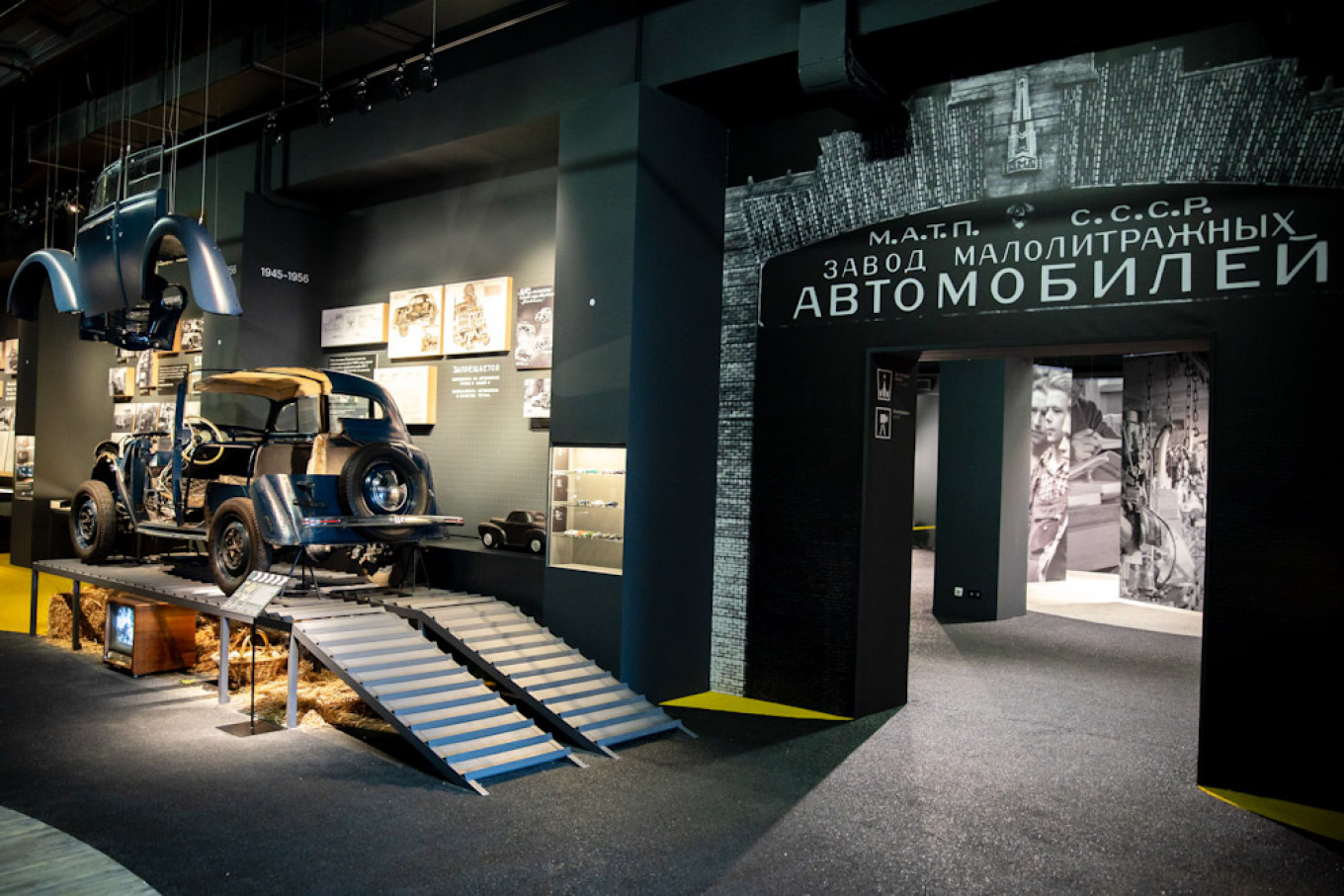
The Moskvitch was featured in films such as "Moscow Does Not Believe in Tears."
Moscow Transport Museum
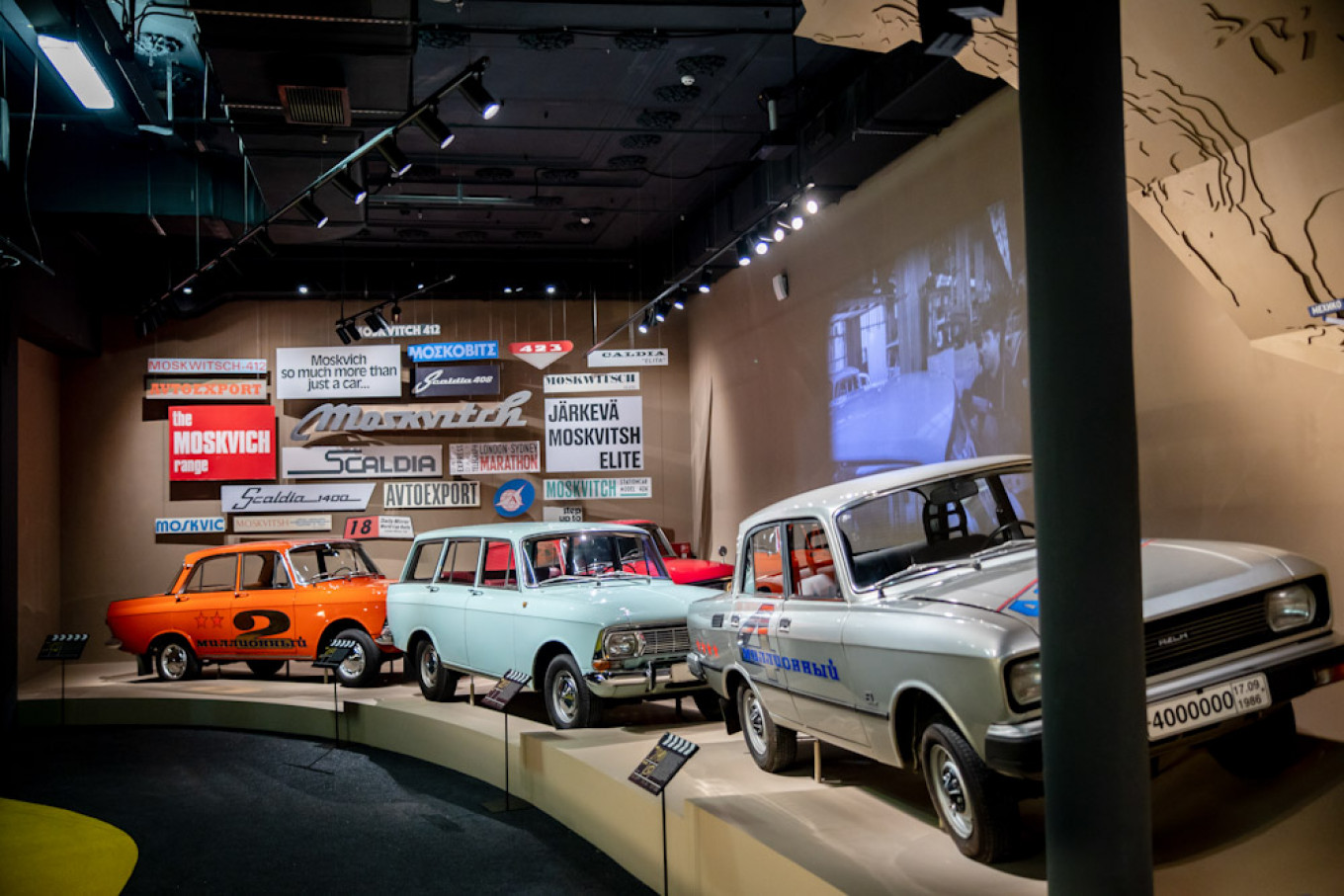
Moskvitch cars were sold in Europe under various names: Carat in Scandinavia, Elite in France, and Elite de Luxe in Finland.
Moscow Transport Museum
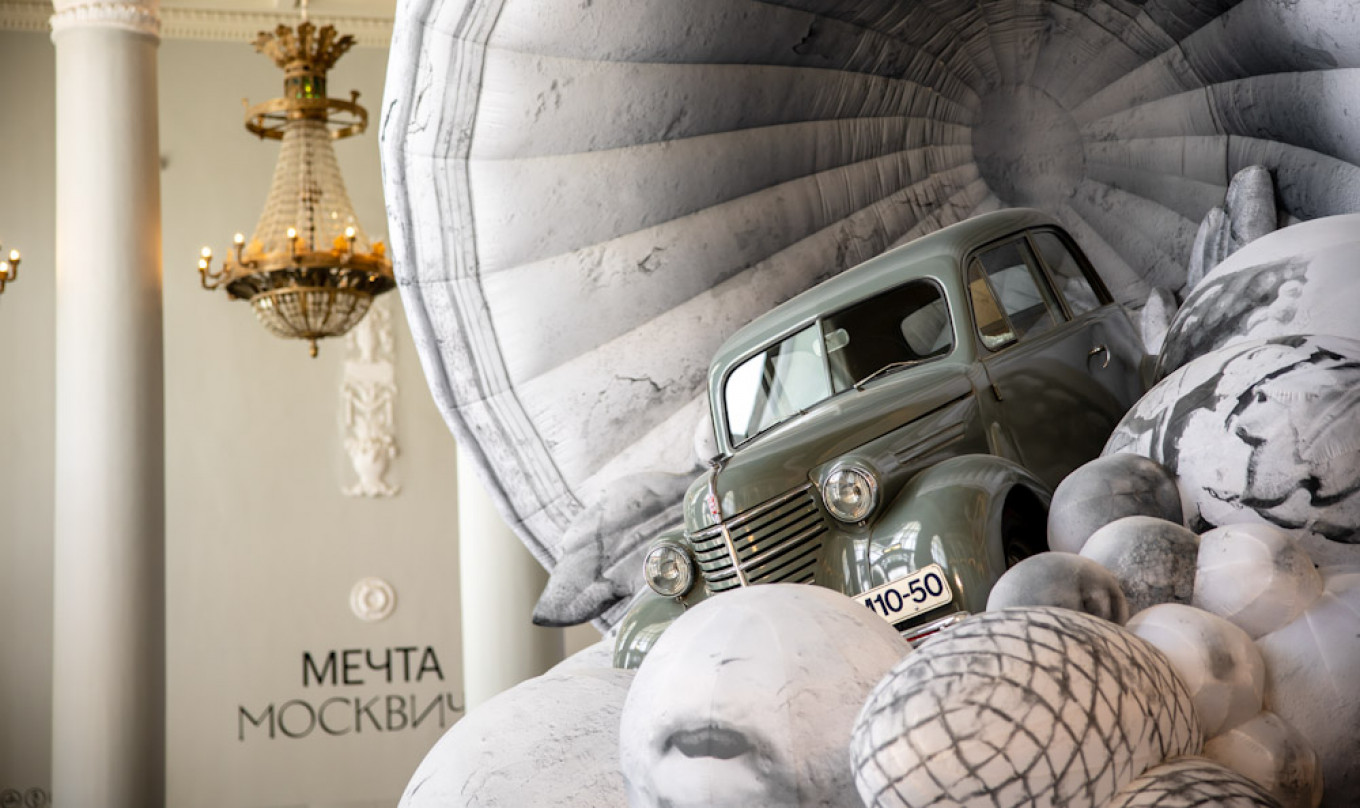
"The Horn of Plenty" exhibit was designed by Irina Korina, whose works have been shown at two Venice Biennales and many galleries and museums around the world.
Moscow Transport Museum
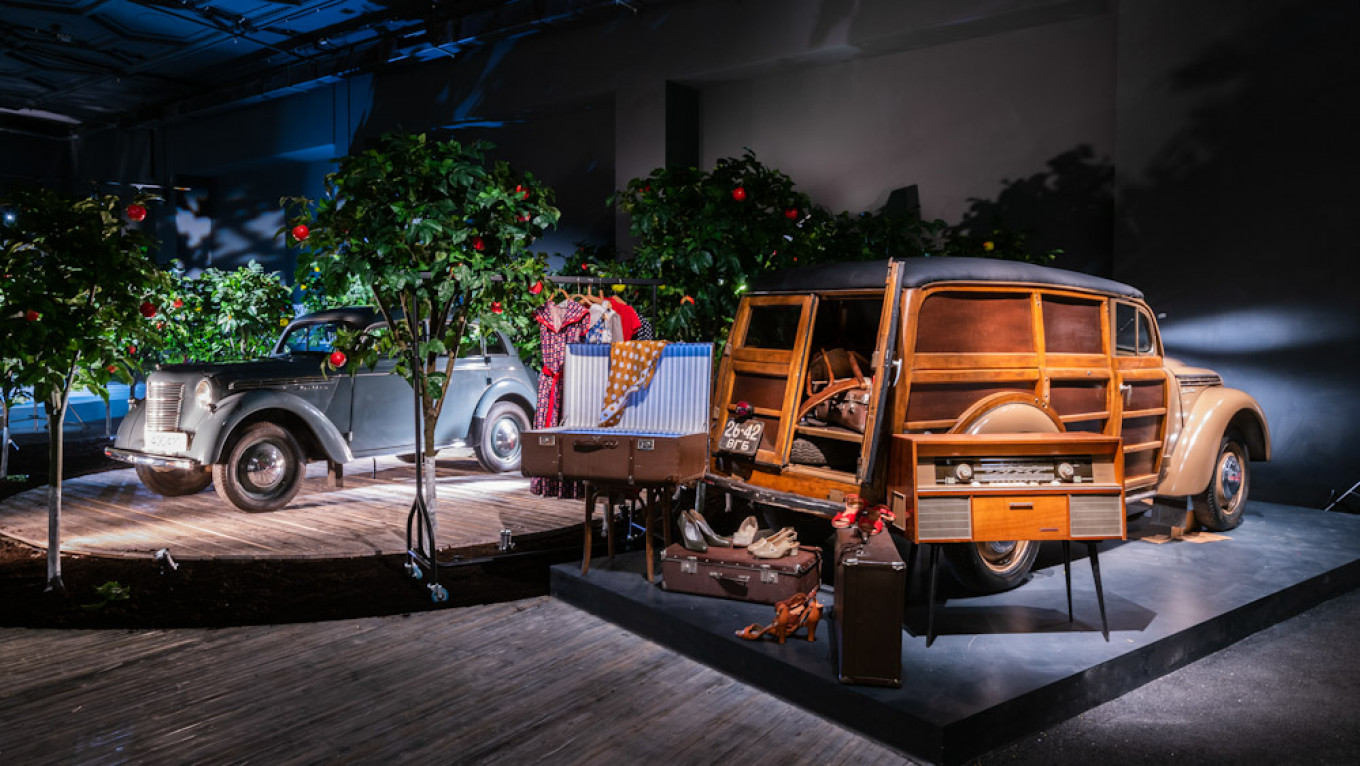
The show is a glimpse into the freedom of the road, Soviet style.
Moscow Transport Museum
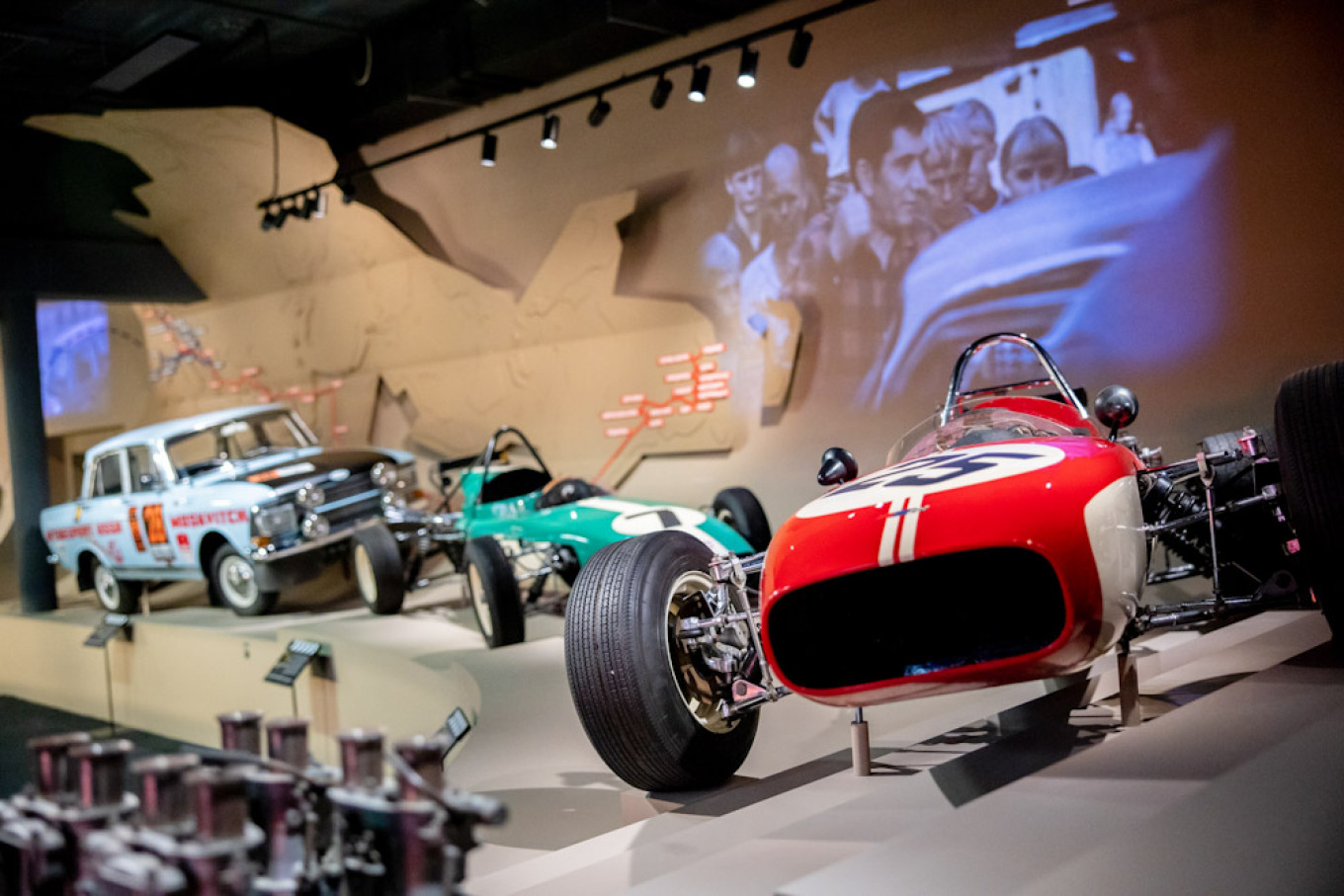
Moskvitches took part in rallies all over the world, mapped in the Rally Hall.
Moscow Transport Museum
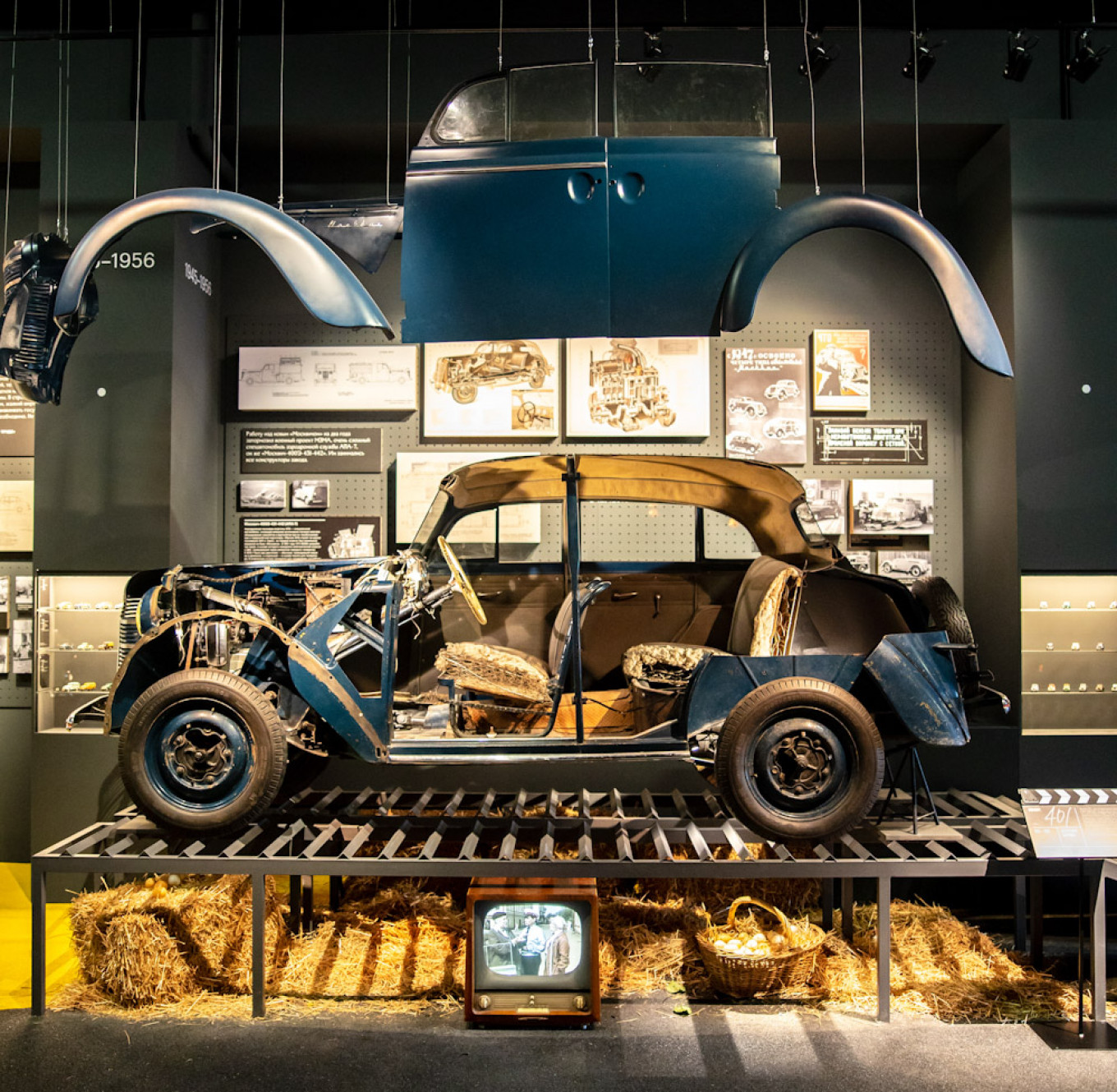
The Moskvitch plants ceased production in 2002, but in 2016 more than one million Mosvitch cars were still on the roads.
Moscow Transport Museum





